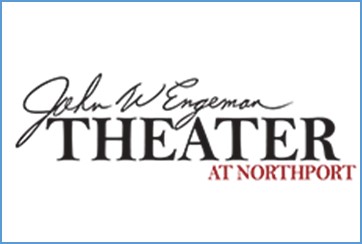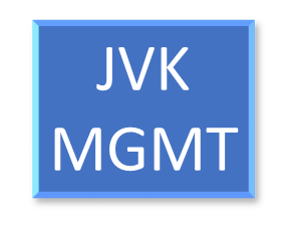2 Siemens Semifinalists From St. Anthony’s
/By Jano Tantongco
jtantongco@longislandergroup.com
Photo courtesy of St. Anthony’s High School
Semifinalists in the 2016 Siemens Competition Christopher Koch, left-center, and Nicholas DeFrancisco, right-center, stand in front of the banner that St. Anthony’s High School received for its last semifinalist in the competition, Taylor Brown. The students are pictured with Principal Bro. Gary Cregan, left, and Academic Dean Bro. Robert Gabriel.
St. Anthony’s High School in South Huntington is once again host to semifinalists in the prestigious Siemens national research competition.
Seniors Nicholas DeFrancisco and Christopher Koch were among Long Island’s 69 selected semifinalists, which were announced on Wednesday. There are 498 semifinalists across the country.
The Siemens Foundation established the Siemens Competition in 1999. It’s a premier science research competition for high school students and seeks to promote excellence by encouraging students to undertake individual or team research projects. Scholarships for winning projects range from $1,000-$100,000.
DeFranciscowas recognized for his work involving bone marrow-derived stem cells and how they interact with the immune system.
He said he was inspired to enter the competition as a freshman, when he heard about the school’s first Siemens semifinalist, Taylor Brown, who was a senior at the time. Brown’s accomplishment, which was during the 2013-2014 school year, is commerated with a banner that hangs in the school to this day.
“Going into research, you know this is the competition you want to enter,’ DeFrancisco said.
He was certain that Brown’s accomplishment would not be the last that the school had earned.
“I’m going to get us a new banner,” he said.
In his work at Molloy College in Rockville Centre, he isolated two enzymes on bone marrow-derived stem cells which had an immunosuppressive effect on macrophage cells, which are types of white blood cells. By disabling the enzymes, they found the immunosuppressive effect was reduced, signaling that these enzymes were responsible for said effect.
DeFrancisco described the finding as important for immunotherapy, which he said was recently declared the “fourth pillar in cancer therapy.”
“What I did was more about understanding how they work, and then I would pass this research on to someone at a lab who would apply this knowledge and create something to help with those diseases,” he said.
Siemens competition semi-finalists Nicholas DeFrancisco, left, and Christopher Koch, right, sit with St. Antony’s High School Science Research Director Paul Paino in the school’s new molecular biology lab.
Outside the lab, he’s a starting guard on the football team; on the board of the National Honor Society and vice president of the Wall Street Club. He hopes to earn his PhD, work for a few years in the biomedical engineering field and return to academics.
“Now that I know that I can do it, I know the tools that it takes, and the amount of effort that it takes,” he said. “I really want to go back, teach at college, keep doing research, and make an even larger impact on the scientific community.”
Koch also was motivated by Taylor Brown after he heard him speak at the school’s annual science conference.
Working with the Stern Group of Nanophotonics and Magnetism at Northwestern University in Chicago, Koch turned his attention to the magneto-optic Kerr effect, which describes how light reflects on magnetic surfaces.
“I designed a method to improve the way that we study this,” he said.
Research in this field is applied in magnetic sensors and memory drives.
“When we’re trying to measure these kinds of effects, which are usually very small, there’s a lot of electrical noise,” he said.
The traditional method to measure the effect involves applying a magnetic field to a material and changing its strength at a constant rate. However, Koch used an oscillating magnetic field, an idea drawn from measurement techniques in other fields.
Using a small magnet that applied this positive and negative oscillation, Koch was able to reduce the noise by almost 10 times, making measurement more efficient.
In his spare time, Koch serves as the president of the high school’s science club, captain of the physics club and teaches swimming as a private tutor.
Looking ahead, he aims to enter more competitions and further his education.
“I definitely want to major in physics and eventually pursue a PhD and then possibly both teach and do research at a college,” Koch said.







